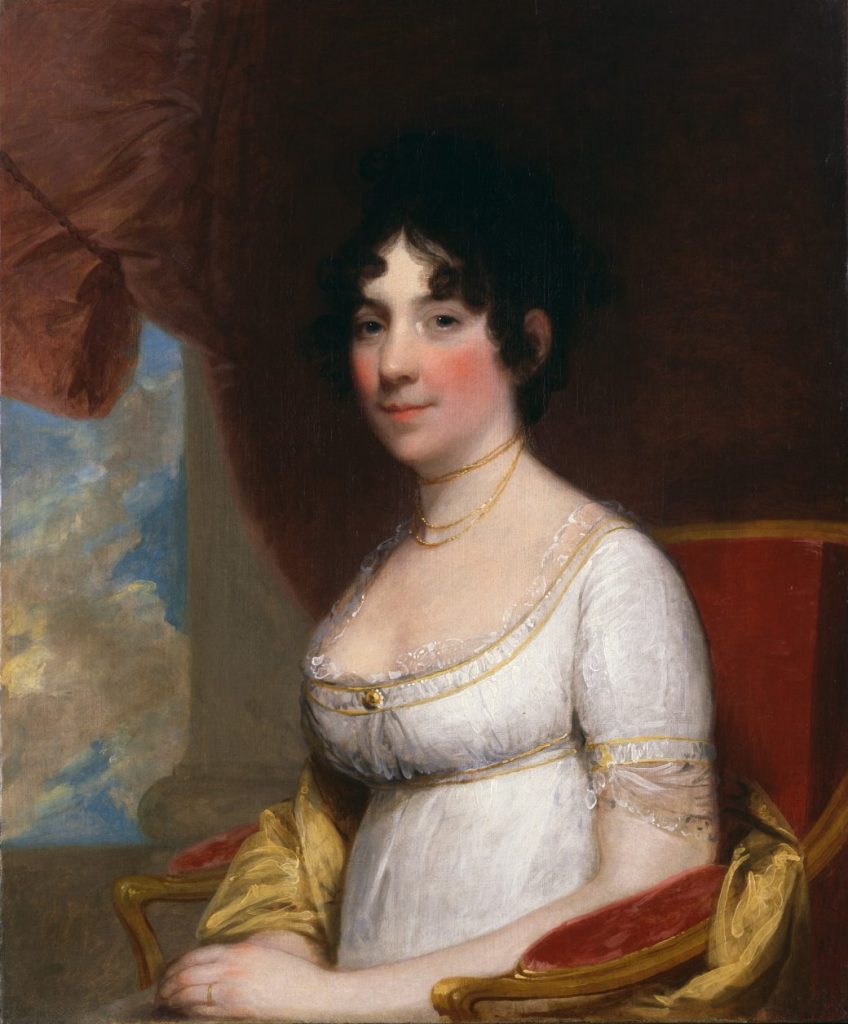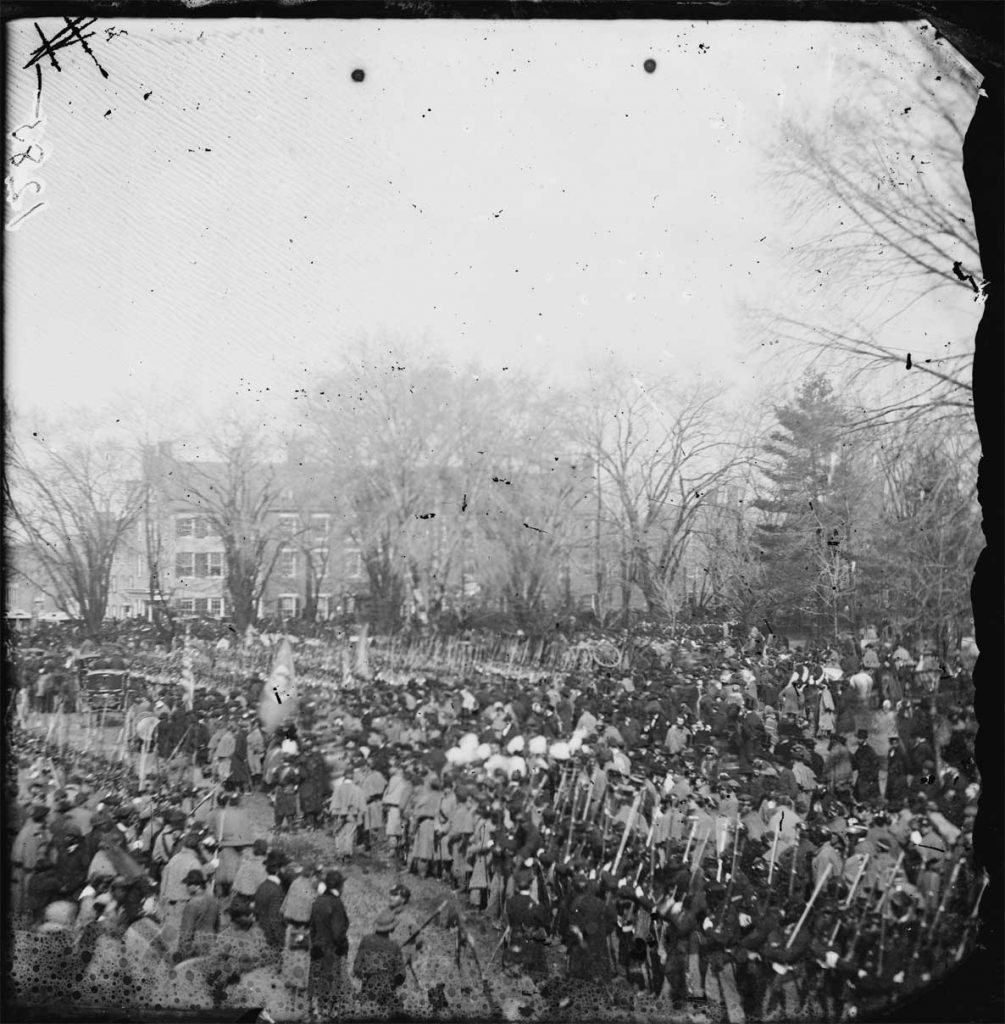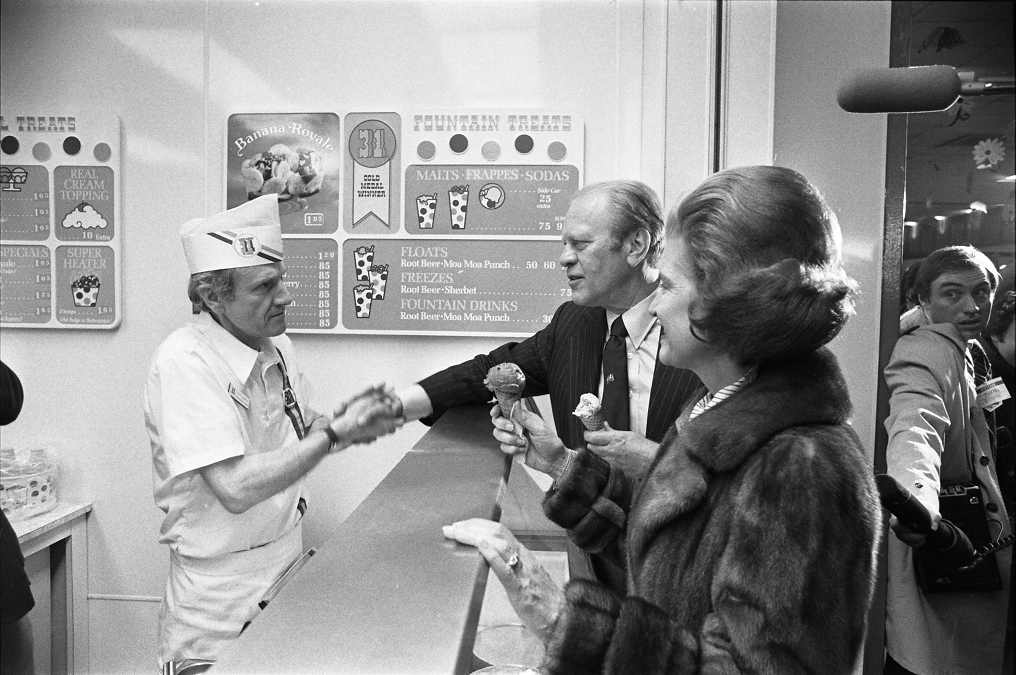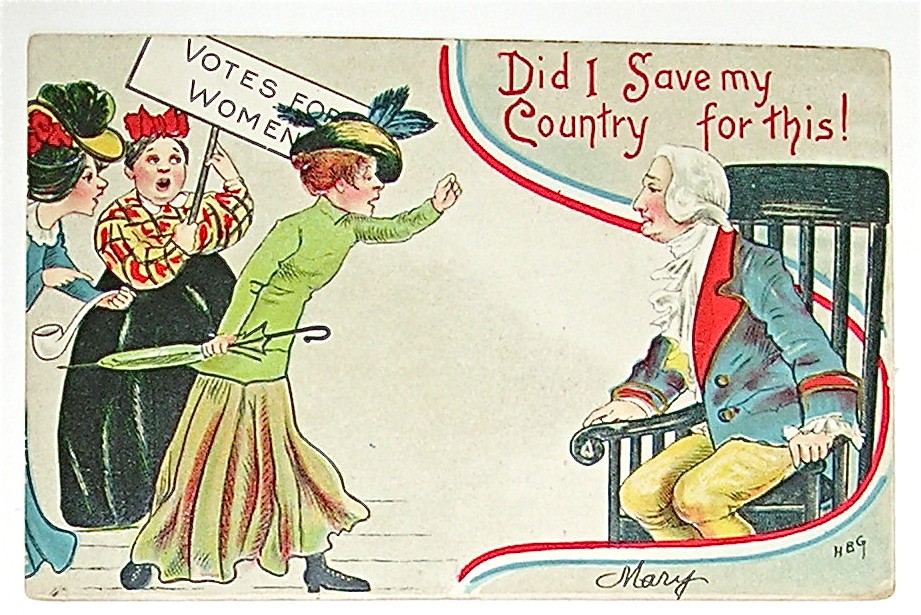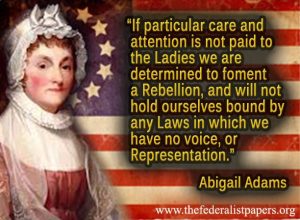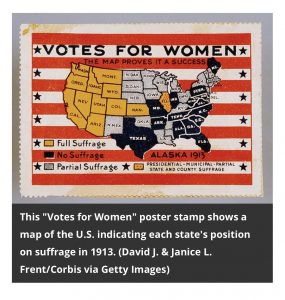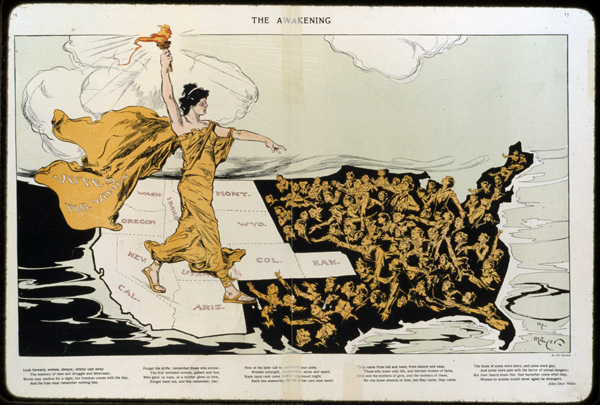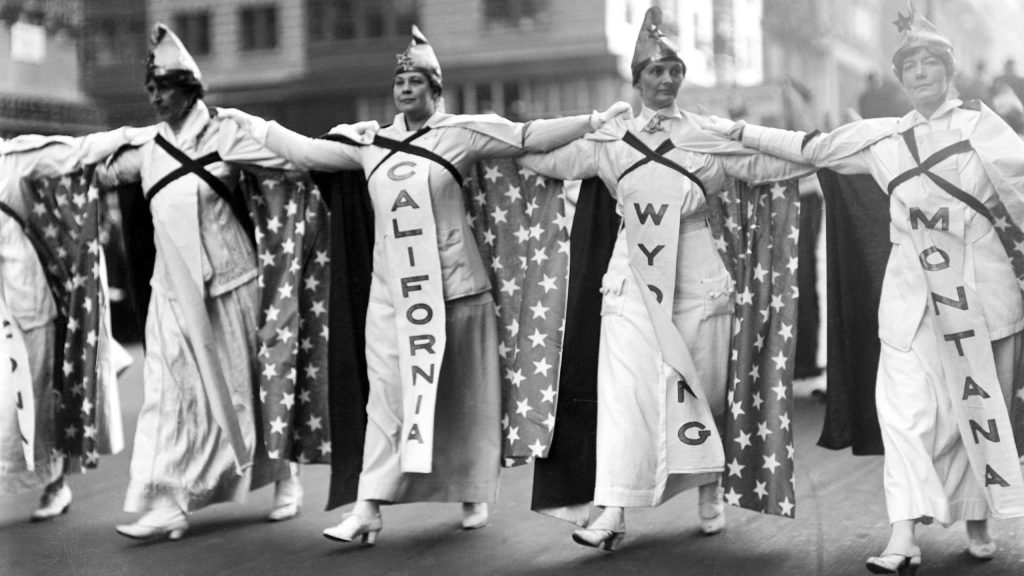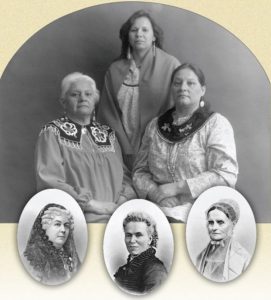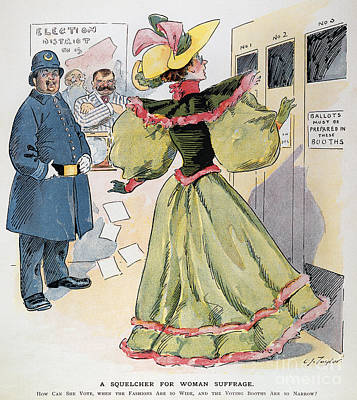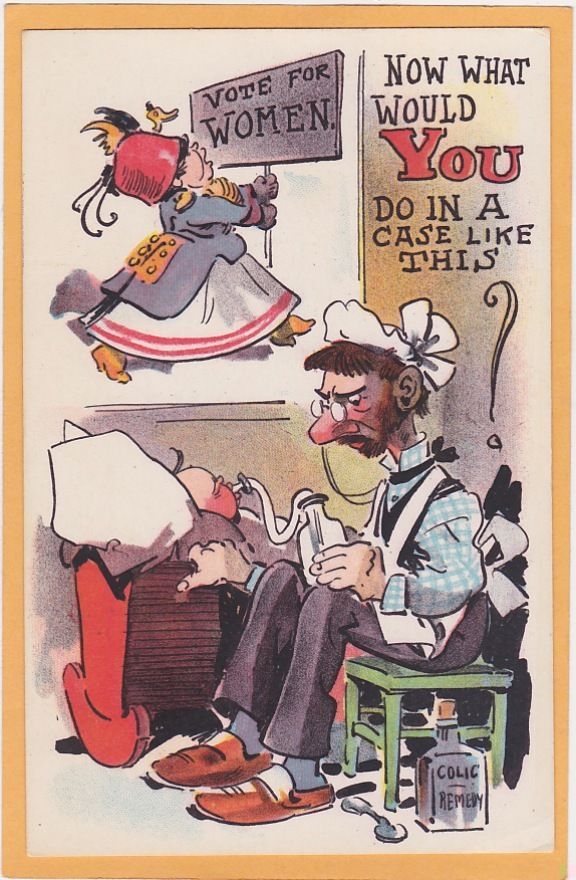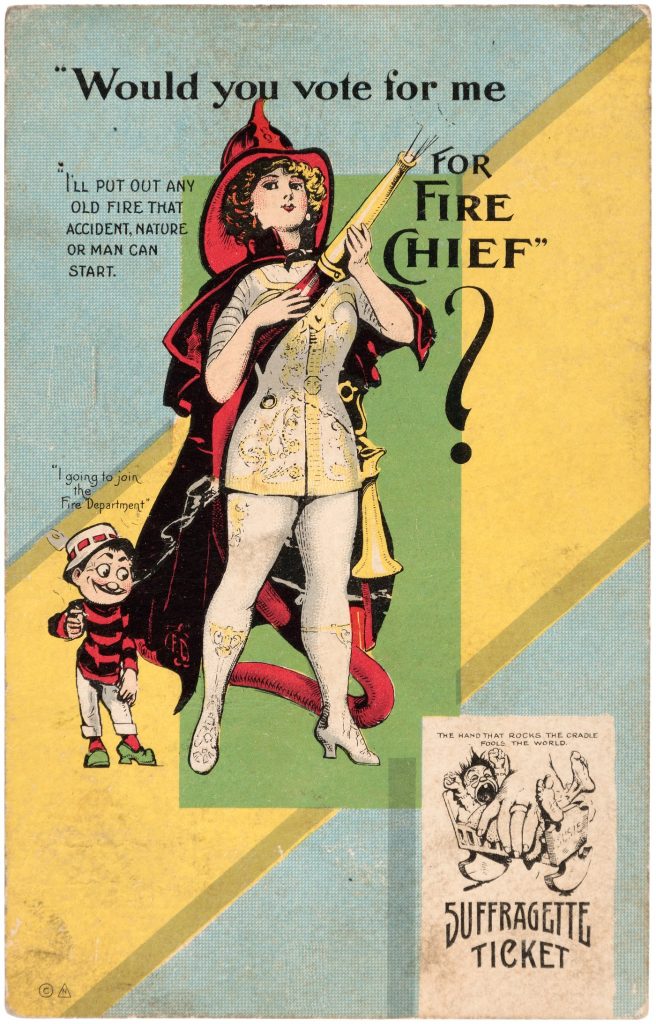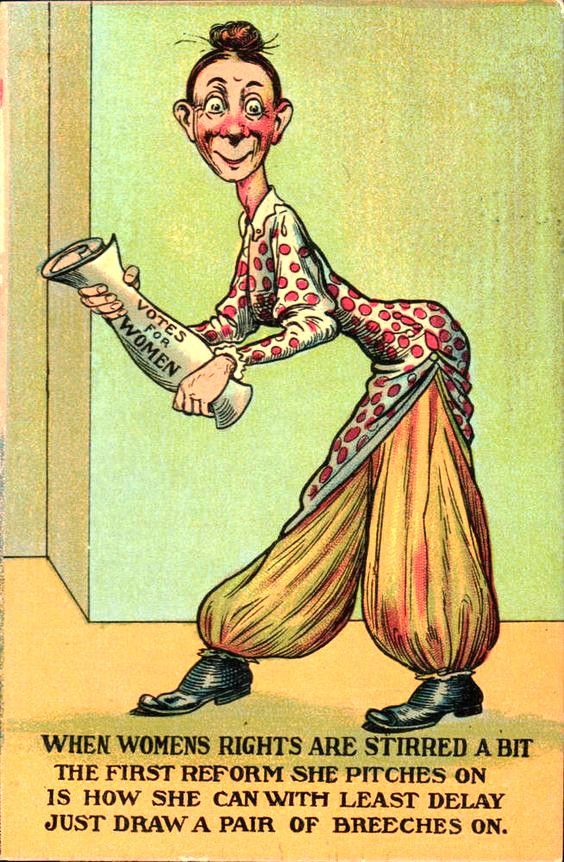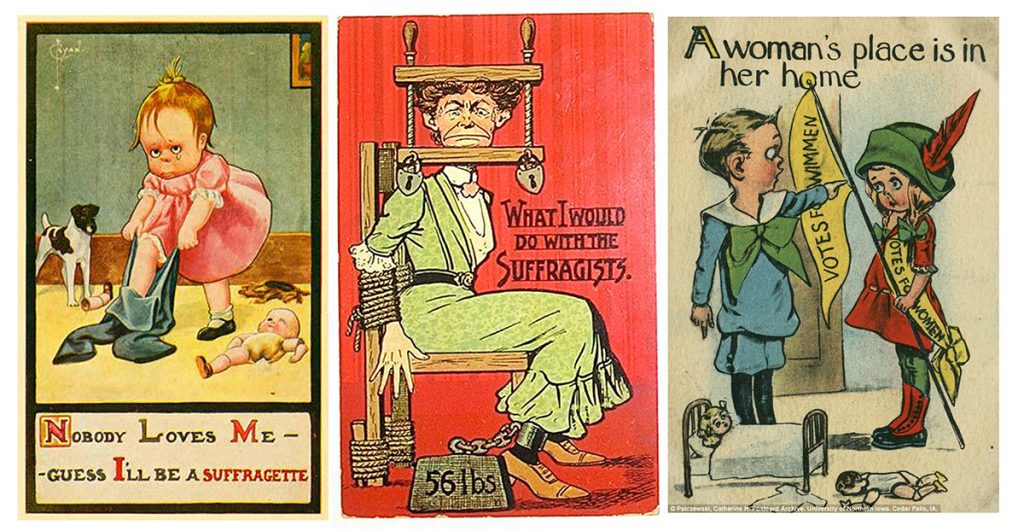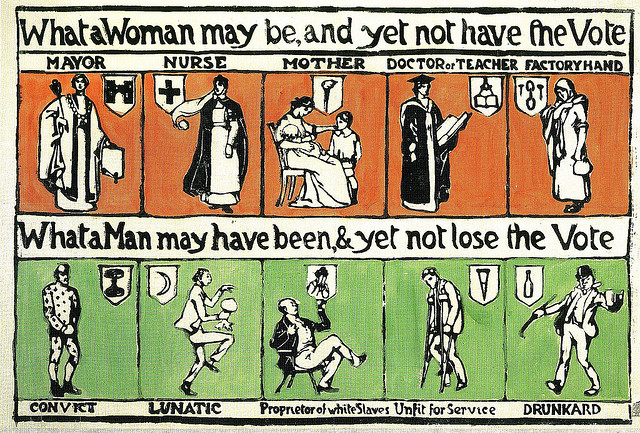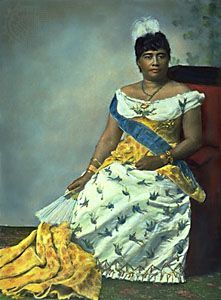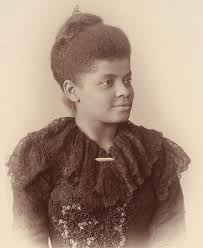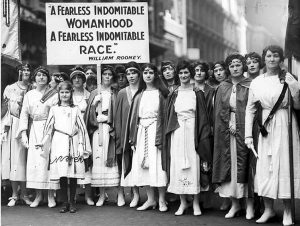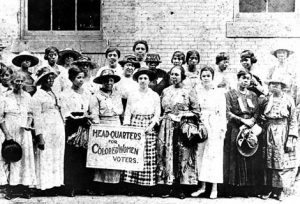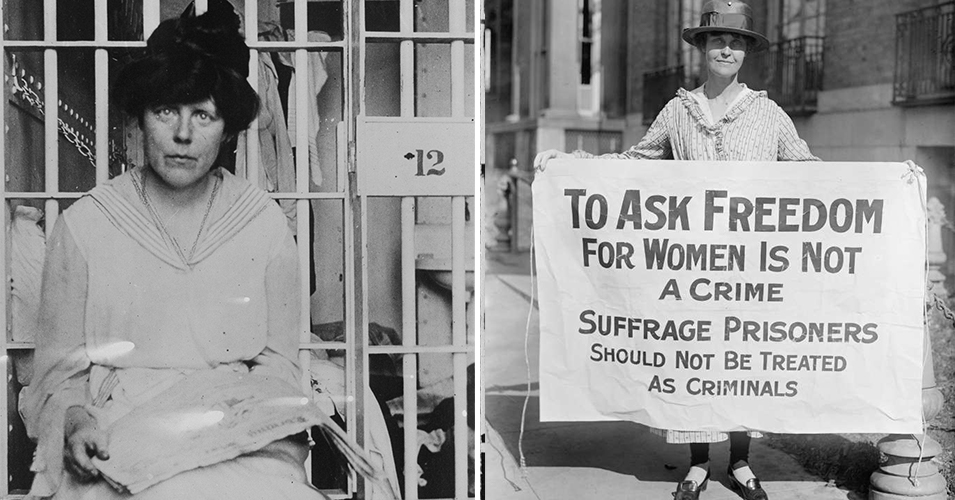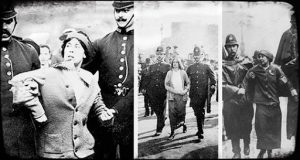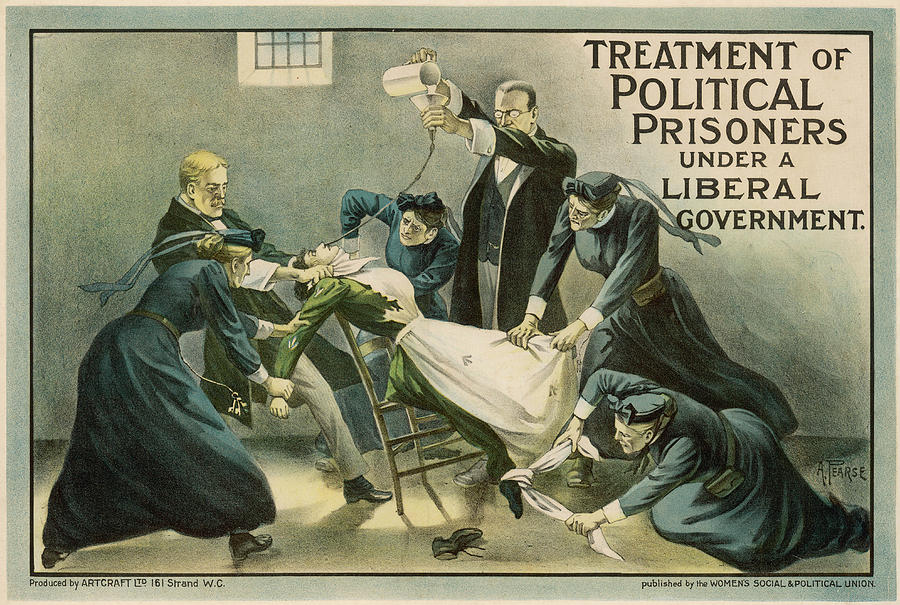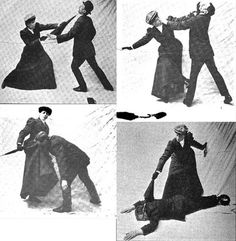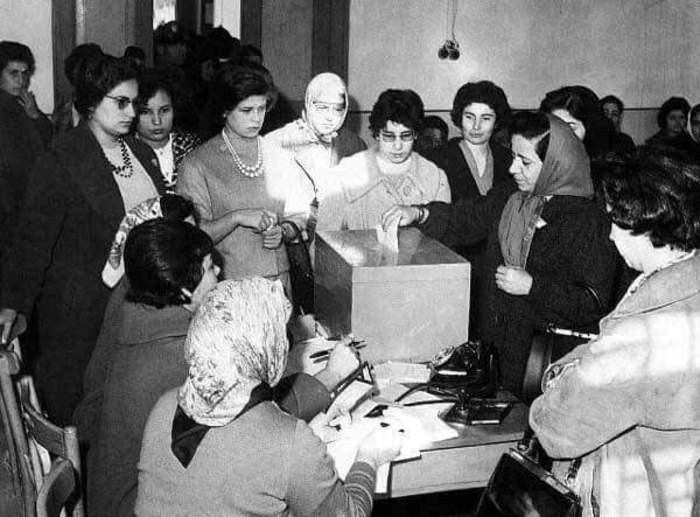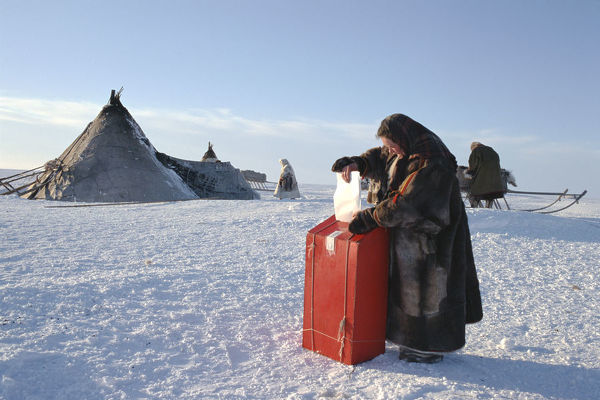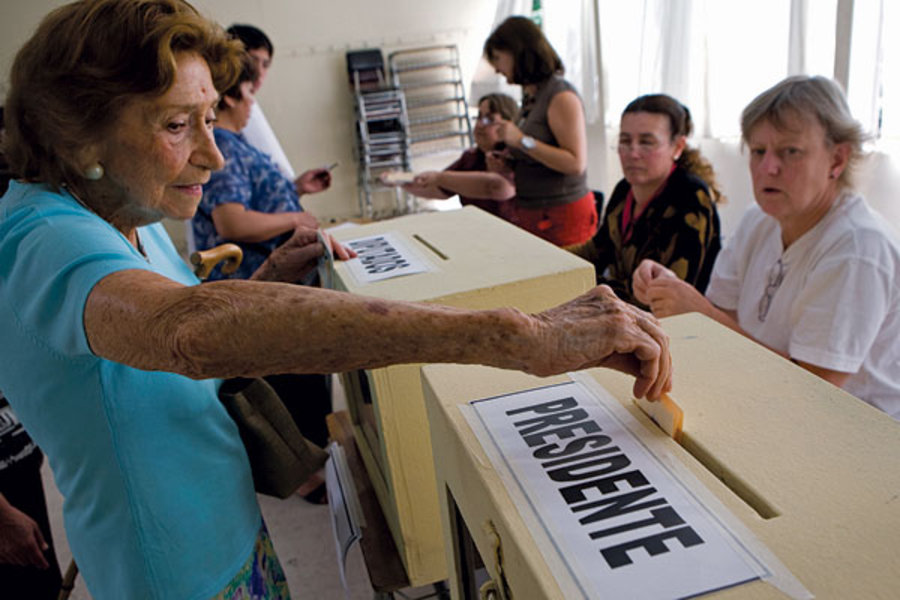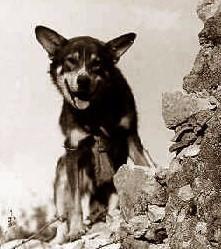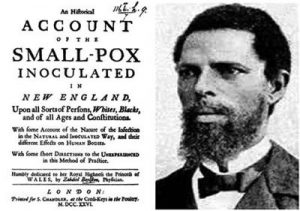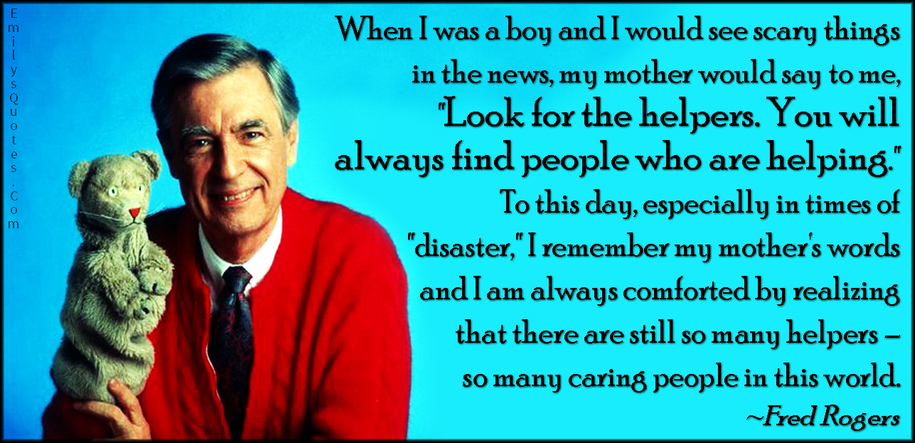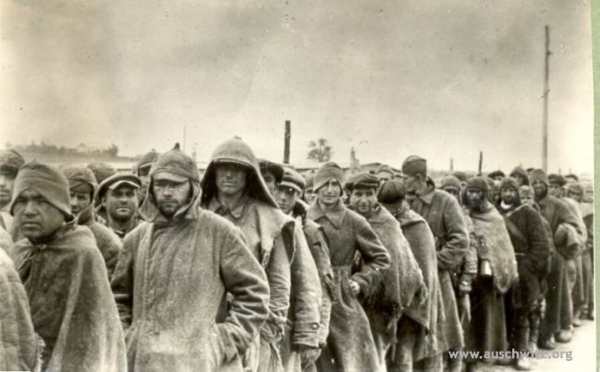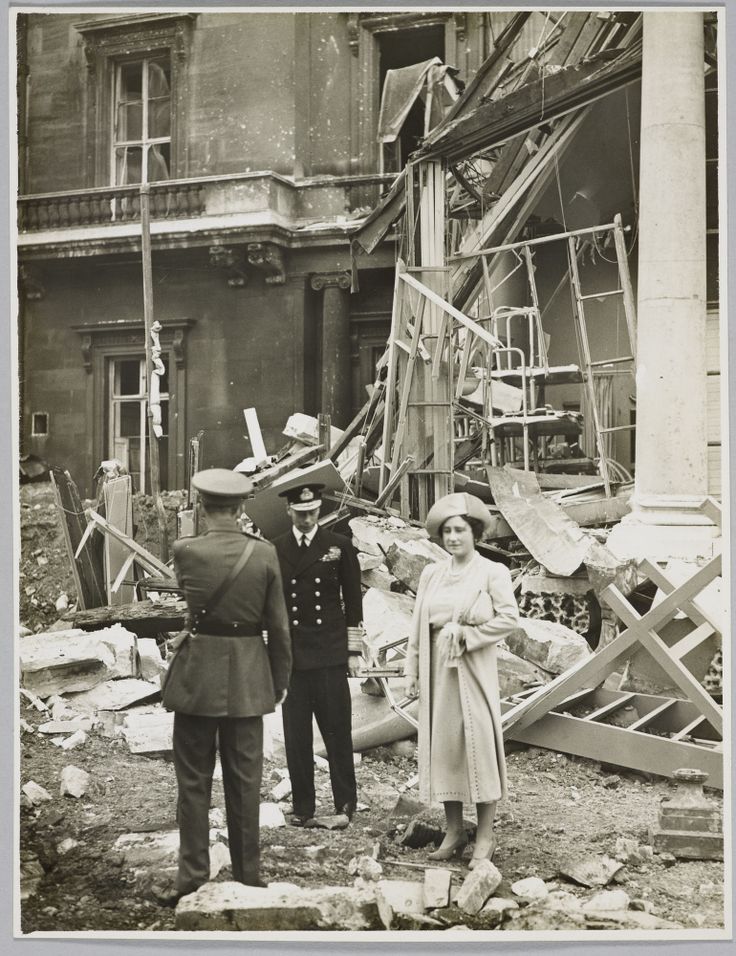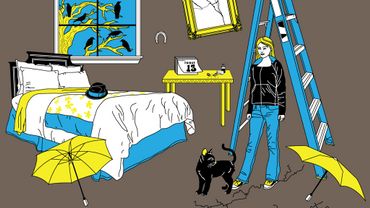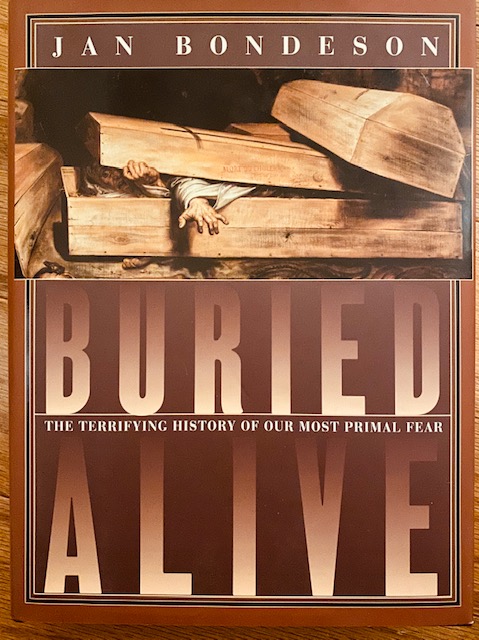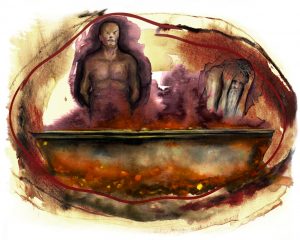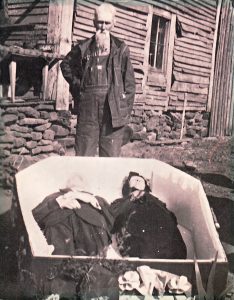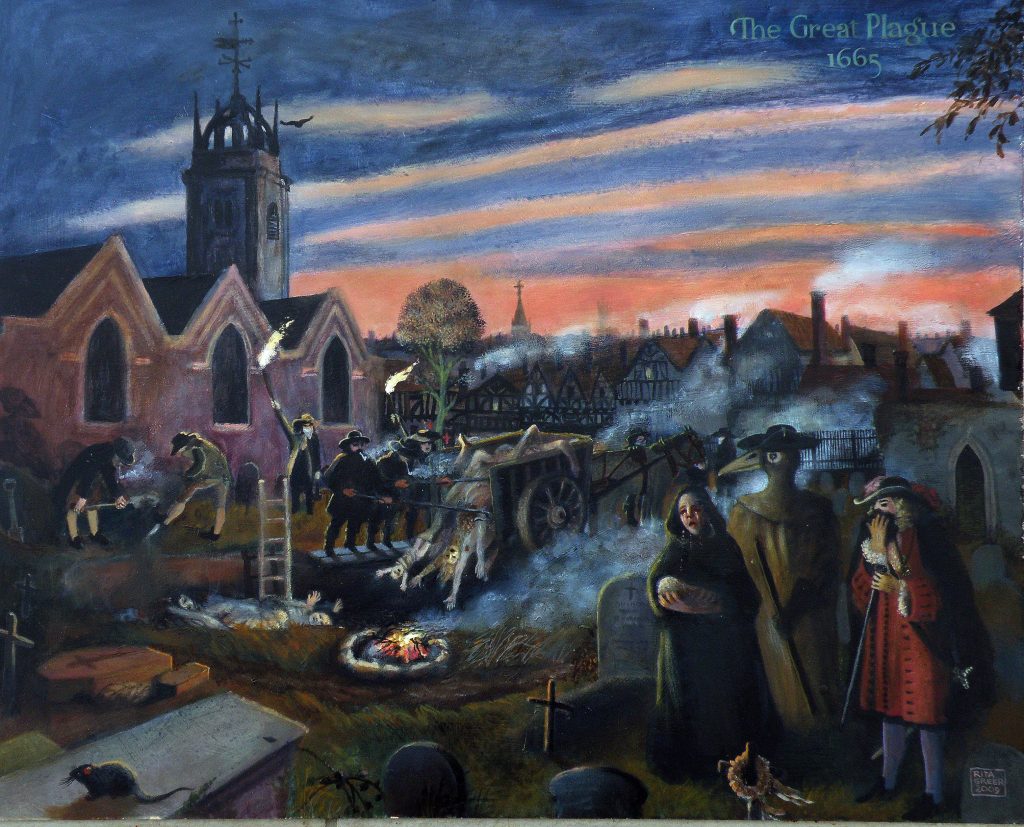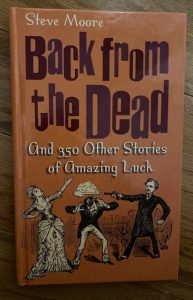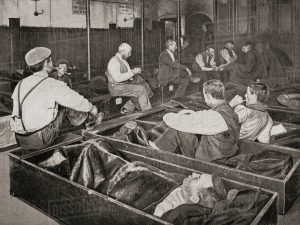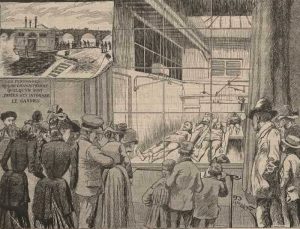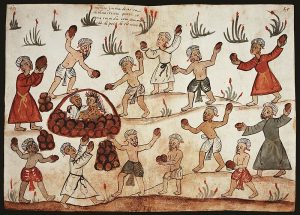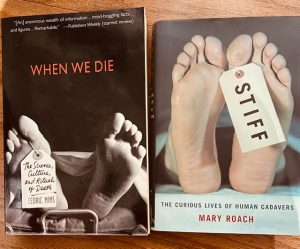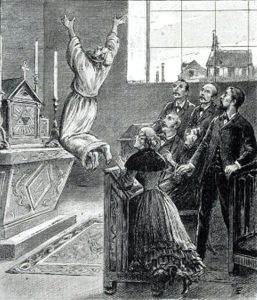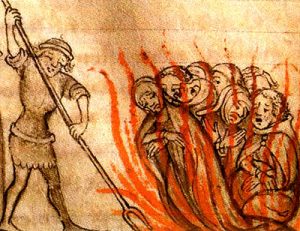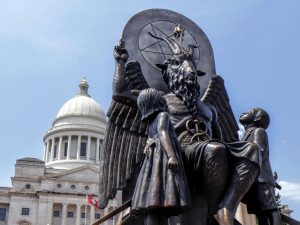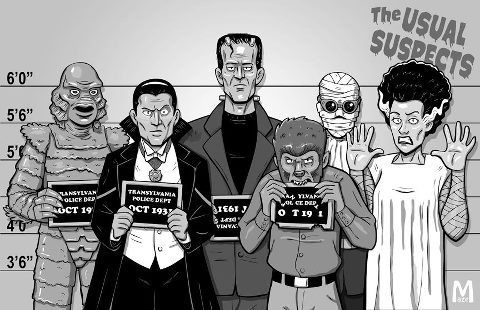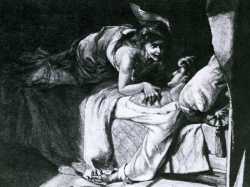In 1984, President Ronald Reagan declared July to be National Ice Cream Month and the third Sunday of the July to be National Ice Cream Day. In doing so, he said, “Ice cream is a nutritious and wholesome food, enjoyed by over ninety percent of the people in the United States.”
But what about other presidents? Were they fans as well?
George Washington
He spent $200 on ice cream during the summer of 1790—which comes to about $6,600 today—and merchant records prove it. When he moved into the President’s House, he brought 309 pieces of equipment for making ice cream, plus tasting spoons, cups, and other paraphernalia for entertaining.
John Adams
From letters written by Abigail Adams, we know she and John ate ice cream with the Washingtons and perhaps made their own.
Thomas Jefferson
It would be hard to top Washington’s passion for ice cream, but Jefferson certainly left his mark as an ice cream devotee. In fact, historians credit him as the first American in history to write down a recipe for ice cream. It is one of only ten recipes in Jefferson’s handwriting. The recipe most likely dates from his time in France.
Although Jefferson himself did not note the source, his granddaughter recorded a virtually identical recipe later in the 19th century and attributed it to “Petit,” indicating that Jefferson’s French butler was the original source of this recipe. It is definitely in the French style. After serving as Ambassador to France, one of the souvenirs Jefferson brought home was the vanilla bean. Jefferson may have introduced the United States to vanilla in 1789.
Vanilla Ice Cream
~2 bottles of good cream
~6 yolks of eggs
~1/2 lb. sugar
~1 vanilla beanMix the yolks & sugar; put the cream on a fire in a casserole, first putting in a stick of Vanilla. When near boiling take it off & pour it gently into the mixture of eggs & sugar. Stir it well. Put it on the fire again stirring it thoroughly with a spoon. When near boiling take it off and strain it thro’ a towel. Put it in the Sabottiere [the canister within an ice pail] then set it in ice an hour before it is to be served. Put into the ice a handful of salt. Put salt on the coverlid of the Sabottiere & cover the whole with ice. Leave it still half a quarter of an hour.
Thomas Jefferson’s Recipe for Vanilla Ice Cream
Turn the Sabottiere in the ice 10 minutes; open it from time to time to detach the ice from the sides. Stir it well with the Spatula. Put it in moulds, justling it well down on the knee; then put the mould into the same bucket of ice. Leave it there to the moment of serving it.
Jefferson enjoyed ice cream so much that he had an ice house excavated on the White House grounds, in part to ensure that ice cream could be made during the summer months. Monticello had several ice houses for the same purpose. Jefferson likely helped to popularize ice cream in this country when he served it at the President’s House in Washington. There are no less than six references to ice cream being served at the President’s House between 1801 and 1809; several times guests described it being served inside of a crust or pastry.
Similar to Baked Alaska?
James Madison
A small man, James Madison wasn’t a voracious eater. But he seemed always to have room for ice cream. His wife, Dolley Madison, who was truly a trendsetting first lady, loved ice cream. No doubt, she did much to popularize the dessert in America, too. We don’t know much of James Madison’s flavor preferences, but Dolley Madison preferred oyster. (At the time, there were no standard ingredients for ice cream, and early “taste testers” tried everything from grated cheese to foie gras.) In 1813, Dolley Madison served a “magnificent strawberry ice cream creation” at Madison’s second inaugural banquet at the White House.
Andrew Jackson
In celebration of his inauguration on March 4, 1829, Jackson invited the American public to the White House. He was “a man of the people.” Overwhelming crowds ruined many White House furnishings and forced the new president to make a getaway through a window. They broke dishes and glasses, and generally wreaked havoc on the White House in the process. Of relevance here: among other things, the rowdy guests feasted on ice cream and cake. Staff moved the whisky punch outside, the celebrants followed, and staff handed ice cream and cake to those on the lawn through open windows.
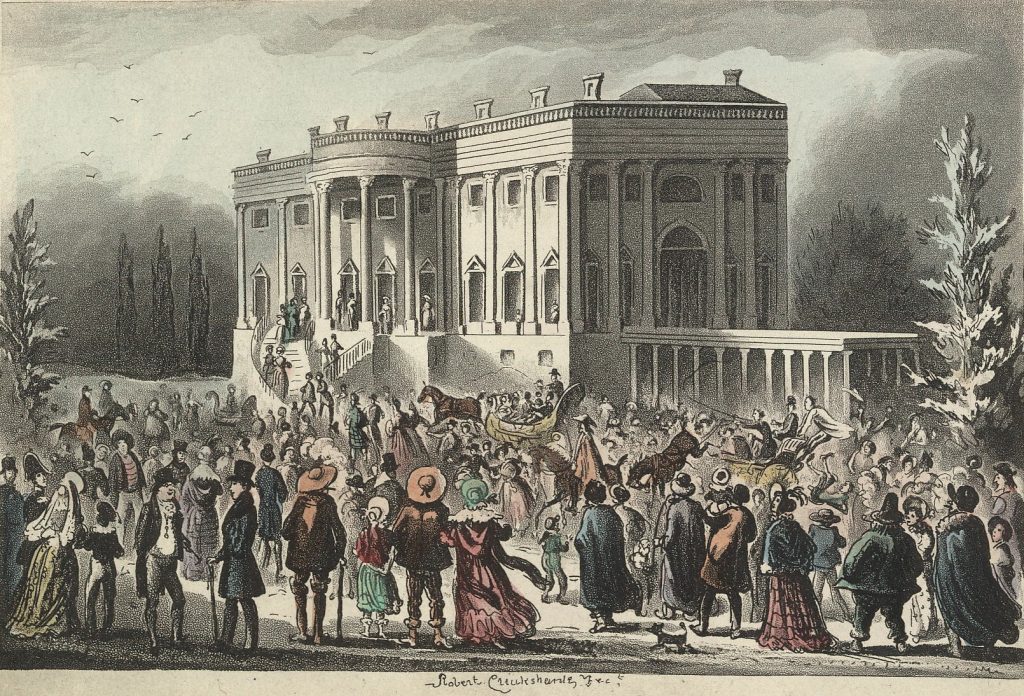
by Robert Cruickshank
Martin Van Buren
In deference to the severe economic depression during van Buren’s presidency, the White House chefs offered relatively restrained menus to residents and visitors alike. However, van Buren’s daughter-in-law Angelica Singleton Van Buren, who performed as hostess at the White House, honored the president’s Dutch roots by serving desserts popular in the Dutch community. Called oliebollen or “Dutchies”, these little donuts often were filled with currants, raisins, or candied fruit. They are said to be life-changing with ice cream, maybe pecans sprinkled on top.
Abraham Lincoln
Few in Washington, DC, partied like they partied at Lincoln’s second inaugural ball. The crowd of 4,000 attacked the 250-feet-long buffet table. They had much to choose from – including ice cream in “vanilla, lemon, white coffee, chocolate, burnt almonds, and maraschino” flavors, among other treats. The inaugural crowd descended like locusts on the feast, leaving the floor “sticky, pasty and oily with wasted confections, mashed cake, and debris of fowl and meat.”
William McKinley
While courting, McKinley once spilled a tray of strawberry ice cream all over Ida Saxton’s white dress. She didn’t hold it against him and married him on January 25, 1871.
Theodore Roosevelt
As president, Teddy Roosevelt liked to ride his horse around the estate of the presidential physician, Dr. Presley Rixey, in Arlington. Dr. Rixey had a log cabin on his property, where the president would stop for ice cream.
William H. Taft
Our stoutest president, Taft loved ice cream. First Lady Nellie Taft served it to guests in the Red Room three times a week. To ensure a ready supply, the Taft White House took measures: the Tafts not only added a large Peerless Ice Cream Freezer to the White House kitchen in 1912, but kept a Holstein cow on the grounds to ensure a fresh supply of milk and cream.
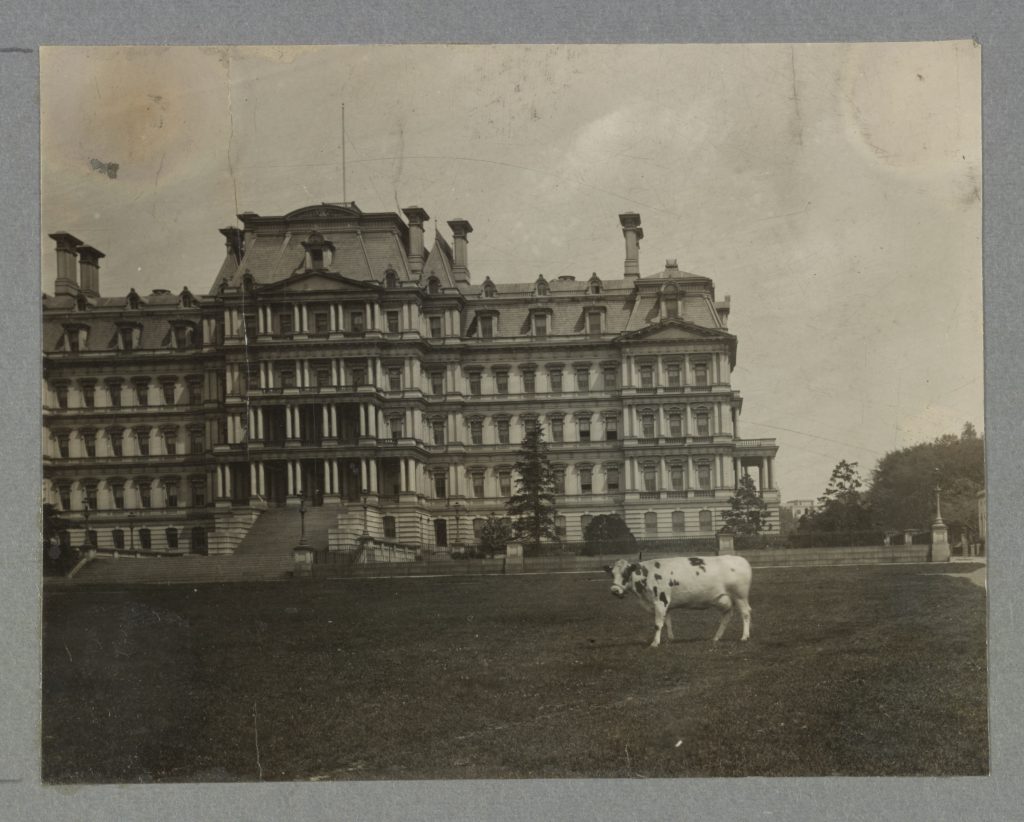
Woodrow Wilson
His favorite food was strawberry ice cream!
Calvin Coolidge
Coolidge and his wife served ice cream at a 1924 White House reception honoring World War I veterans.
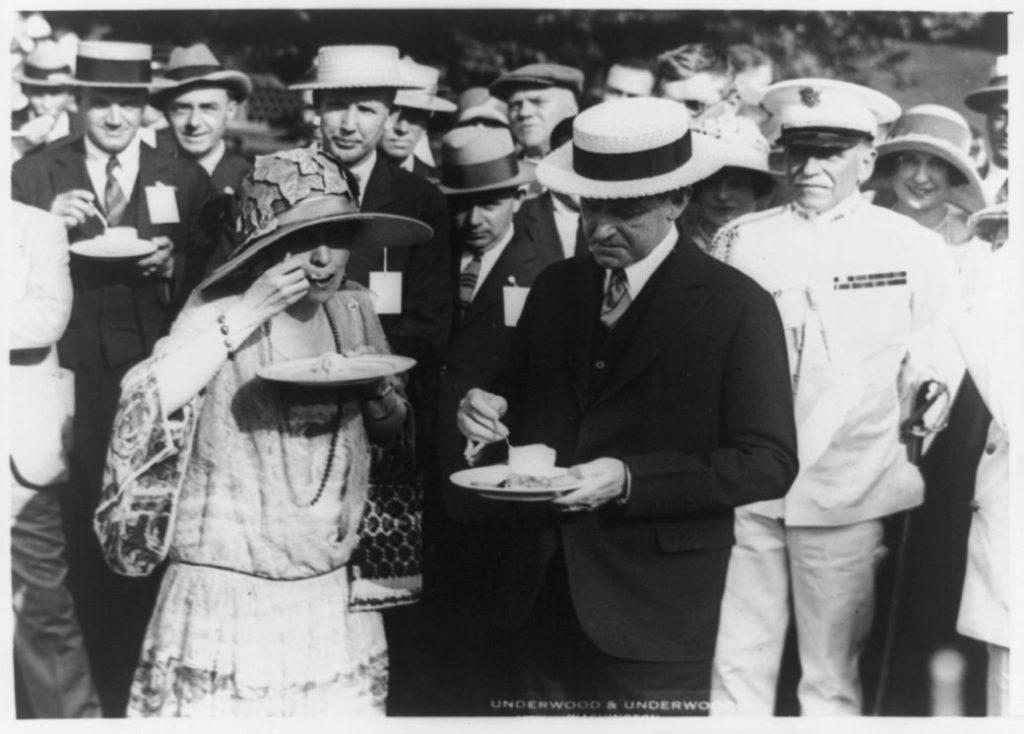
Library of Congress, Underwood & Underwood
Herbert Hoover
In 1923, Herbert and Lou Henry Hoover visited Seward, Alaska. While out on a walk there, Lou Henry stopped to share her ice cream cone with a small black bear cub. Not a recommended activity, but is it reasonable to assume that the couple enjoyed ice cream?
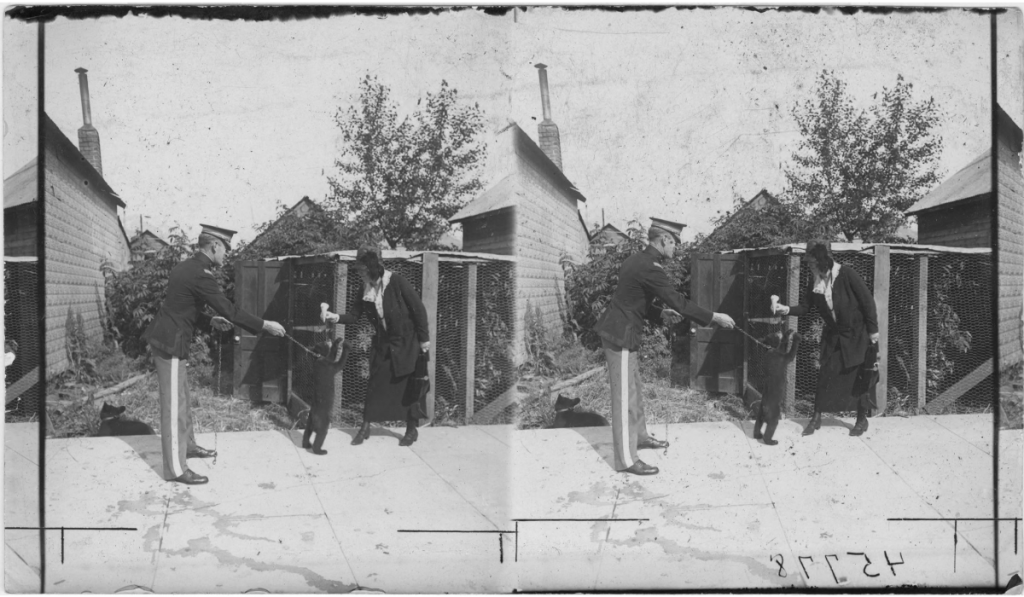
Franklin Delano Roosevelt
During the Depression, the Roosevelts set an example of thriftiness in entertaining, with First Lady Eleanor Roosevelt famously hosting a dinner that cost only seven and a half cents per guests. One of her favorite dishes to serve was cornmeal hasty pudding with ice cream.
In 1941, reporters at Roosevelt’s annual party for the press stayed till the wee hours. At about 1 a.m., ice cream was being served in the main hallway. Eleanor Roosevelt, who was standing behind the table, said ”Don’t you think it’s a little late for ice cream?” All took the hint and went home.
Harry S. Truman
Starting at age 14, Harry Truman worked at a pharmacy and soda fountain located on West Maple Avenue in Independence, MO, now the home of Clinton’s Soda Fountain. According to their website, Harry Truman’s favorite was a butterscotch sundae with chocolate ice cream. I found confirmation that he worked there “as a boy” but not about his ice cream preferences and nothing about his actual job. So maybe this doesn’t contradict the info about Obama? (See below.)
Dwight D. Eisenhower
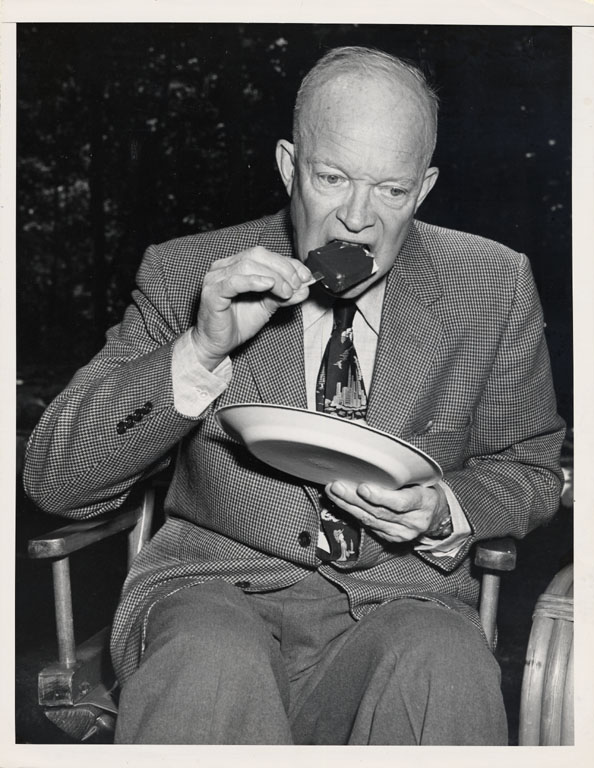
There’s a readily available photo of Eisenhower eating a Good Humor ice cream bar, but I found no context and no other info on his ice cream preferences. It may have simply been a command performance for public relations.
The Eisenhower Library has a recipe for Mamie Eisenhower’s “Frosted Mint Delight“, one of Dwight’s favorite desserts. The recipe calls for a mixture of crushed pineapple and mint apple jelly, served frozen with whipped cream, almost like ice cream.
John F. Kennedy
JFK frequented Four Seas Ice Cream (a stone’s throw from the Long Dell Inn) and his favorite flavors were vanilla and peach.
As First Lady, Jacqueline Kennedy preferred French desserts, particularly bombe glacée.
Lyndon B. Johnson
Johnson’s favorite ice cream flavor was peach. Lady Bird Johnson famously served peach ice cream with lace cookies.
Peach Ice Cream
Lady Bird Johnson’s Peach Ice Cream Recipe
~3 eggs
~1 cup sugar
~1 pint milk
~1 quart whipping cream
~1/2 gallon soft peaches, peeled, mashed, and sweetened to taste
Beat eggs in a heavy saucepan until thick. Gradually add sugar, beating well. Add milk and whipping cream. Mix well. Bring to a boil, stirring constantly. Reduce heat to low. Continue cooking and stirring until mixture thickens and coats a metal spoon. Let cool.
Stir in peaches and pour into freezer can of a 1-gallon ice cream freezer. Freeze according to manufacturer’s instructions.
A well known conservationist, Lady Bird Johnson chose flower-themed desserts for her daughters’ engagement parties. White House Executive Chef Henry Haller served “flowerpot sundaes” in clay flowerpots, which he filled with layers of sponge cake, ice cream, and meringue, topped with a fresh flower.
Richard Nixon
Though he adopted the practice of eating light, Richard Nixon always had room for ice cream. Newspaper accounts during his presidency reported that, even after large state dinners, Nixon frequently finished his evening with an ice cream sundae.
In 1969, Richard Nixon requested an dessert “no one had ever seen” for a dinner celebrating astronauts Neil Armstrong, Buzz Aldrin Jr., and Michael Collins at a reception in Los Angeles. Pastry chef Ernest Mueller created marzipan and raisin ice cream globes, covered them in meringue, and served the toasted balls in pools of blackberry sauce. By all reports, the astronauts greatly enjoyed their “Clair de Lunes.“
Gerald Ford
Ford had a nearly heroic devotion to butter pecan ice cream. Whenever he visited his hometown of Grand Rapids, Michigan, his travel assistant Jon Nunn would make sure that butter pecan ice cream was always on hand. Every night he’d ask his aide, “I’ll bet there’s a little ice cream in the fridge, isn’t there, Jon?” And there always was.
Ford once told his doctor he wanted to lose 10 pounds. “That’s easy” said the physician. “Either give up your nightly martini or give up your butter pecan ice cream.” The martini was history.
Jimmy Carter
Reports abound that Carter still enjoyed plenty of ice cream 3 months into hospice care—peanut butter ice cream being preferred.
Ronald Reagan
In 1984, as part of Presidential Proclamation 5219, Reagan said ice cream has “a reputation as the perfect dessert and snack food” and pointed out that nearly ten percent of all the milk American dairy farmers produce every year becomes ice cream.
A few years later, he named Ben Cohen and Jerry Greenfield (of Ben and Jerry’s Ice Cream) US Small Business Persons of the Year in 1988. His well-known love of jellybeans suggests that his ice cream, whatever the flavor, would be sprinkled with jelly beans.
Bill Clinton
President Bill Clinton loved ice cream and seemed to find an ice cream shop in every place he visited. On a visit to the Penn State Bakery Creamery, chefs allowed Bill Clinton to mix his own flavors, an honor they’ve granted to no one else. (He mixed Peachy Paterno and Cherry Quist.)
Since becoming vegan, he’s opted for raspberry sorbet.
George W. Bush
At a campaign stop in in Pennsylvania in 2006, George W. Bush ordered pralines and cream ice cream. When word got around, pralines and cream reportedly flew over the counter at that Pennsylvania ice cream shop for weeks and weeks. Although he prefers cones of praline and cream, he’ll eat vanilla custard in a pinch.
George W. Bush reportedly shipped cartons of Blue Bell ice cream from the creamery in his native Texas to the White House and to the family compound in Kennebunkport, Maine.
Barack Obama
As far as I can confirm, Obama is the only president to have worked the counter at an ice cream shop. At age 16, he worked at a Baskin-Robbins in Honolulu. Scooping, scooping, and more scooping—hard on his wrists. In an essay about his first job, Obama admitted, “I was less interested in what the job meant for my future and more concerned about what it meant for my jump shot.”
When Barack Obama went home to Hawaii for presidential vacations, he’d enjoy confections from his youth – coconut ice cream and Hawaiian shaved ice.
Barack Obama is the only president to have a Ben and Jerry’s ice cream flavor named after him: “Yes, Pecan!” in honor of his campaign slogan “Yes, We Can!” In 2014, a Japanese ice cream company released a matcha tea flavored ice cream called “Obamatcha” to celebrate the American president’s fond memories of eating matcha popsicles as a child. A Russian ice cream company also released “Obamka” ice cream bars in 2016 in a rather odd bid to cash in on “chilling” relations between the US and Russia.
Donald J. Trump
This president likes ice cream so much as a dinner dessert that the White House ushers had instructions to always slip him an extra scoop. In an interview with Time magazine, Trump boasted of having two scoops of ice cream with his chocolate pie while other diners got one.
Joe Biden
When campaigning for vice president, he once stepped to the mic and introduced himself by saying, “My name is Joe Biden, and I love ice cream.” It’s safe to say that hasn’t changed. His favorite is Graeter’s chocolate chip. This Cincinnati-based ice cream brand has been around for about 150 years. He claimed to eat Jeni’s Splendid Ice Cream before public appearances for its performance-enhancing capabilities.
Bottom Line: Ice cream has been with us since before we were even a country. Eating it is practically a patriotic duty.


